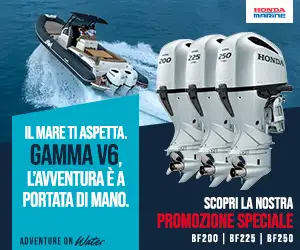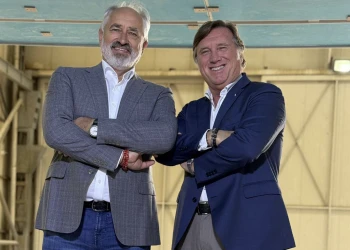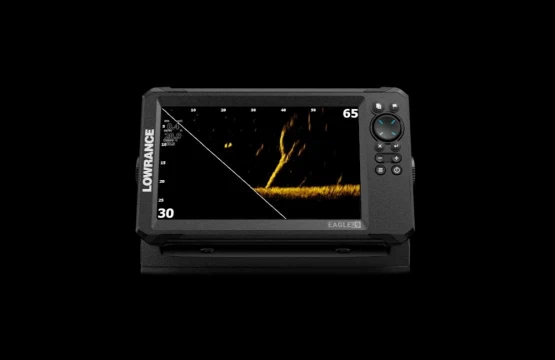
Lowrance Eagle Eye: The Live Sonar That Fits in a Bag (and Your Budget)
In Alicante, where Navico hosted a three-day testing session for its brands (including Lowrance, Simrad, B&G, Lenco, and C-MAP), we had the chance to try out Eagle Eye, Lowrance’s new entry-level fishfinder featuring live sonar. The name is ambitious and the promise is clear: to provide real-time target visualization to enhance fishing performance, all in a lightweight, portable, ready-to-use device.
Fishing by Watching
Eagle Eye is one of those devices that even makes newcomers want to “fish by watching.” That’s precisely what the system enables: watching fish movements live, seeing how they interact with their environment, how they respond to bait, and—ideally—knowing when it’s time to act. It’s not blind fishing—it’s informed fishing.
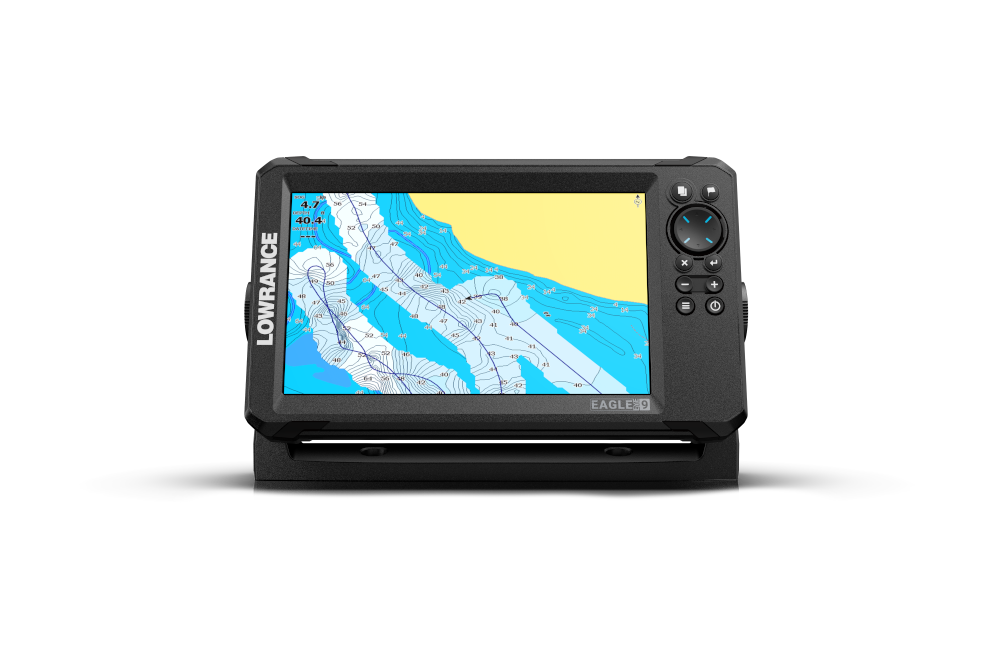
With Eagle Eye, live sonar finally becomes accessible not only to professionals or users with large electronics budgets. It’s a true entry-level product, with a starting price around €1,000. It's a stand-alone unit, lightweight, requiring no complex installations or configurations, and it connects easily to the transducer via the new improved twist-lock connector. In short, it’s plug and play. Power consumption is minimal—just 2 to 2.5 amp/h.
The display is not touch-sensitive, but it’s a 9-inch IPS screen that remains clearly visible in direct sunlight and even with polarized sunglasses. And in Alicante, under strong sun, we really put that to the test. What impressed us most, however, was its ease of use and speed of setup. We tested it aboard a Robalo R19; both Eagle Eye and the battery were stored in a waterproof bag specially made by Lowrance. Once the transducer was connected and the unit powered on, Eagle Eye was instantly operational.
Ideal for Small Boats, RIBs, and Kayaks

This solution is ideal for small craft, inflatables, and kayaks—and for anyone wanting to try live sonar without overhauling their gear or blowing their budget.
The transducer was custom-developed by Lowrance engineers specifically for this unit. It’s been simplified—helping to keep costs down—yet it remains advanced: it combines CHIRP sonar, DownScan Imaging, and two live sonar modes: Forward View (ahead of the boat) and Down View (below the hull).
Smart Simplification
One of Eagle Eye’s most innovative aspects is its focus on being immediately operational, even for users with basic skills. The interface relies on robust, intuitive physical buttons, while the autotuning sonar automatically adjusts display parameters based on depth and bottom conditions.
A key innovation is the custom-built transducer that delivers clear, smooth live sonar images without external modules. Interestingly, the switch between Forward View and Down View is managed via software—no manual adjustment is required.
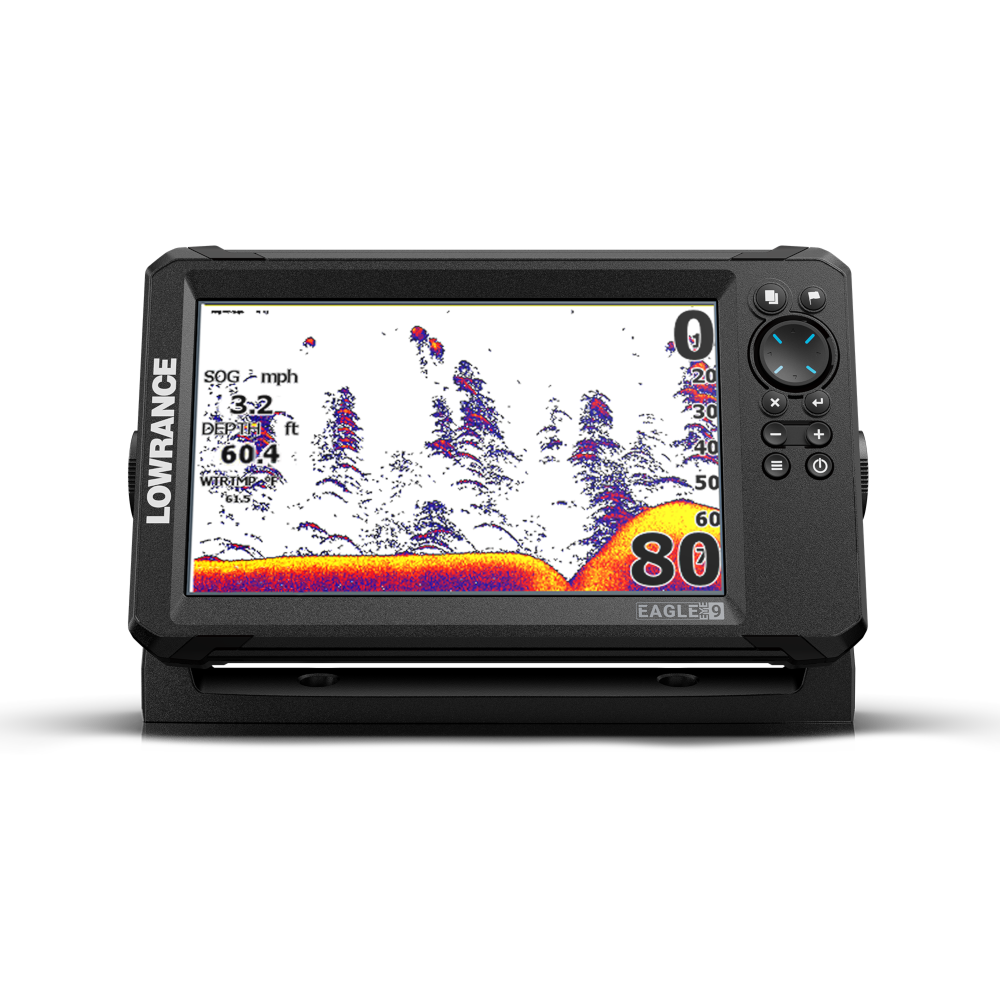
Where It Shines
During sea trials, Eagle Eye performed reliably and responsively at depths of up to 20–25 meters, with a field of view of around 40–45°. Live sonar proved especially valuable in detecting suspended fish or those close to the surface—situations where traditional side-scan sonar is less effective.
Thanks to FishReveal, the system highlights fish in contrast to the bottom structure, making target identification quicker and more intuitive.
Another notable feature is real-time mapping: using sonar, Eagle Eye can record bathymetry and overlay it onto the included C-MAP base map.
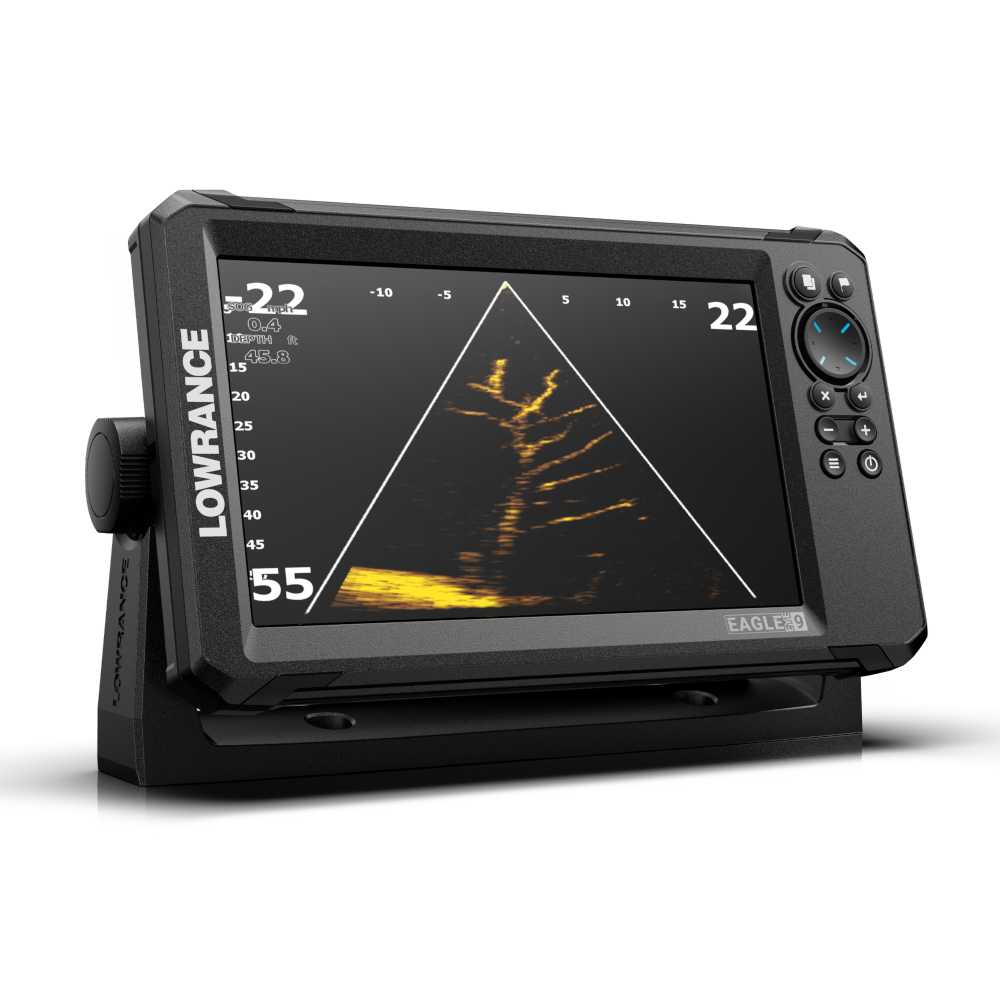
Only one downside emerged during testing: it’s so engaging that you might end up glued to the screen… like a kid with a video game.
With Eagle Eye, Lowrance aims to make live sonar accessible to a broader range of users, previously excluded due to cost or complexity. The goal is to transform sport fishing into an interactive, real-time underwater experience—no more fishing in the dark: now you observe, interpret, and react.
Paola Bertelli
©PressMare - All rights reserved
